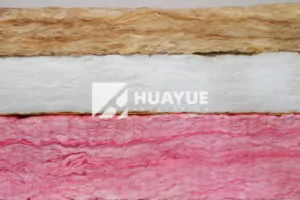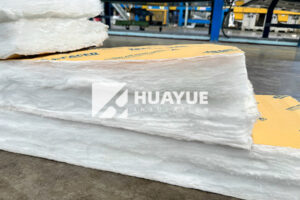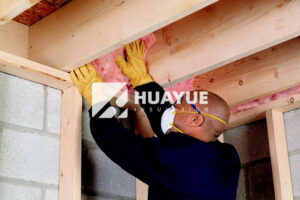What Is the Difference Between Fiberglass and Glass Wool?
The confusion between fiberglass and glass wool often leads to costly mistakes in insulation projects. I see many clients hesitant, not knowing which to pick for their tanks and facilities.
The main difference is that fiberglass is denser and comes in mats or fabrics, while glass wool has a lighter, fluffier structure. Both are made from glass fibers but are produced differently, making them perform distinct roles in insulation and soundproofing.
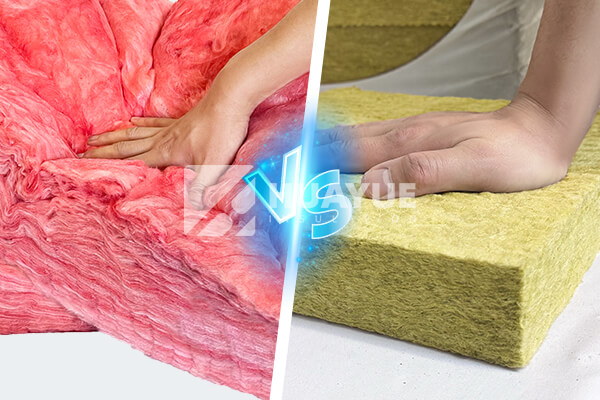
If you’ve ever found yourself staring at datasheets, wondering whether glass wool or fiberglass is best for your next project, you’re not alone. I have watched engineers and procurement teams make their choices by instinct instead of data. But understanding the real differences always led to better results.
What Makes Fiberglass Different From Glass Wool?
Choosing the wrong insulation can increase costs, lower performance, or put safety at risk. Many people believe that fiberglass and glass wool are the same, simply a matter of names. That’s not the case, especially for technically demanding applications like industrial tanks.
Fiberglass is produced by melting glass and extruding it into continuous fibers, which are then woven or compressed into dense mats or textiles. These mats offer a solid structure, resist compression, and handle higher loads. In my factory visits, I often notice fiberglass mats being used in walls, roofing, and even appliances where rigidity matters. You will find them in most traditional construction sites, packed into walls, ceilings, and pipelines. Their density means they provide strong thermal and acoustic insulation, helping to lower sound transmission and temperature loss. However, this density also makes the material heavier, which can be a limitation in weight-sensitive applications.
Glass wool, by contrast, is made by spinning or blowing molten glass into very fine fibers, which collect in a loose, fluffy mess, much like cotton candy. This form makes for a highly efficient insulating blanket that is easy to install and can fill gaps that a flat mat cannot. Glass wool is lighter than fiberglass and retains air well, which is key for insulation value. In newer sustainable buildings and transportation, this lightweight characteristic makes all the difference. I have seen project managers in aerospace and automotive industries rely on glass wool to keep weight down while maintaining comfort and performance. The less compacted structure, while excellent for insulation, means it cannot support the loads that fiberglass can. This difference often determines its application more than price or reputation.
Here is a simple table to highlight the manufacturing process and main differences:
| Property | Fiberglass | Glass Wool |
|---|---|---|
| Process | Extruded into dense mats | Spun/blown into fluffy blankets |
| Density | Higher | Lower |
| Structure | Rigid, robust | Soft, compressible |
| Weight | Heavier | Lighter |
| Acoustic/thermal | Strong | Excellent (per weight) |
| Main use | Walls, ceiling, appliances | Automotive, aerospace, partitions |
In my experience, engineers choosing between the two need to first consider: do you need strength and durability, or do you need lightness and flexibility?
Which Applications Suit Each Material Best?
It’s easy to say both insulate, but not all insulation is equal. Choosing the wrong one can mean downtime, budget overruns, or even safety issues, especially for chemical and cryogenic tanks.
Fiberglass’s robust structure and density make it best for places where the insulation needs to keep its shape over time, is exposed to vibration, or supports weight. That’s why in my early days at the plant, we chose fiberglass for structural insulation in new tank installations and appliances that endured high loads. Its form and thickness help block both temperature and noise, making it a favorite for building renovation and heavy-duty industrial work.
On the other hand, I have seen glass wool used wherever installers need flexibility and light handling. Projects in mobile, modular housing, and transport—like trucks or aircraft—use glass wool to minimize weight and fill odd-shaped spaces. Its low weight also helps reduce labor fatigue when installing across large surfaces or awkward corners. In the chemical and energy industries, glass wool blankets wrap pipes and tanks that do not require structural support but do need excellent all-around coverage and breathability. It’s a smart way to balance insulation against cost—and every bit of added saving counts when budgets are tight.
Here’s an overview of where each shines:
| Use Area | Fiberglass | Glass Wool |
|---|---|---|
| Building walls/ceilings | Common | Less common |
| Appliances | Major use | Rare |
| Chemical/industrial tanks | Frequent (external cladding) | For lightweight wraps |
| Modular, prefab, portable buildings | Rare | Standard |
| Automotive and aerospace | Rare | Standard choice |

Regulatory demands are rising. In Germany, many of my clients, like Hans, look closely at not only the insulation’s technical specs, but also long-term cost, ease of maintenance, and safety—especially corrosion under insulation (CUI) risk. Here, glass wool’s open structure sometimes means less moisture retention, but fiberglass offers stronger mechanical protection and longer life. The details of the application—and sometimes the culture of the plant—tip the scale.
How Do I Choose Between the Two For My Project?
Making the right decision comes down to asking the right questions. I always start by talking with the team about what’s needed most: is it strength, or is it low weight?
For a heavy-duty industrial build, like a refinery or a new chemical tank farm, I recommend starting with fiberglass. It’s proven, widely accepted by regulators, and offers peace of mind. I’ve seen projects hit regulatory snags when choosing a lighter insulation without considering fire or mechanical codes.
But for new modular buildings, transport interiors, or retrofit jobs where you must fit insulation around existing pipes or equipment—even in hard-to-reach spots—glass wool often comes out ahead. It’s easy to cut, shape, and fit. When logistics, cost, or time are critical, being able to install quickly with less manpower can save the difference between profit and loss.
Keep in mind, both products keep evolving. Over the past years at HUAYUE, we have seen customer demands shift towards greater sustainability and safety. As new regulations push for eco-friendlier materials, we continuously improve our formulas, bonding agents, and fiber fineness to meet every requirement.
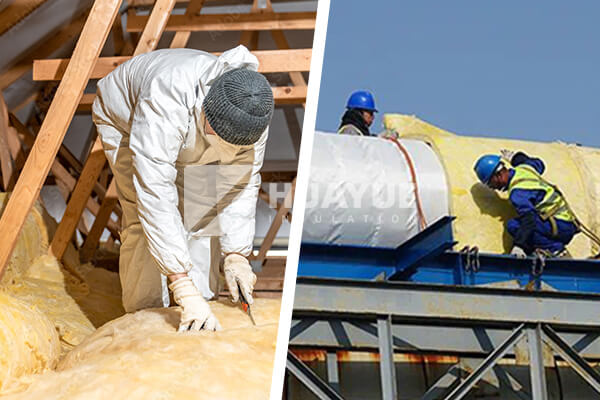
To make a smart choice, always insist on full certification—like ISO, CE, or SGS validation. Ask for detailed datasheets and install instructions. And if in doubt, request a sample or a demo. I’ve found that putting the real material into the hands of your engineering and maintenance teams often settles the debate faster than any spec sheet.
Conclusion
Understanding fiberglass and glass wool differences helps pick the best material for every project—balancing cost, safety, and performance every time.
You may also be interested in:
Ready to Get Started?
Get in touch with our experts for personalized solutions tailored to your needs.
Get Free QuoteLatest Articles
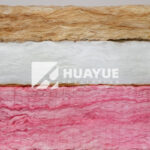
Eco Batt Insulation: What You Need to Know?
Dec 12, 2025
Let's Work Together
Ready to take your business to the next level? Get in touch with our team of experts and let's discuss how we can help you achieve your goals.
Get Free Solutions
